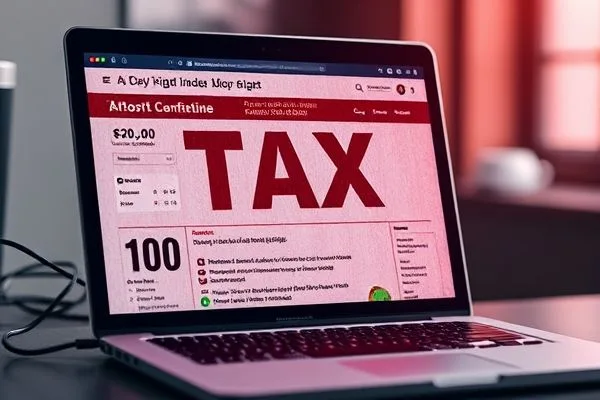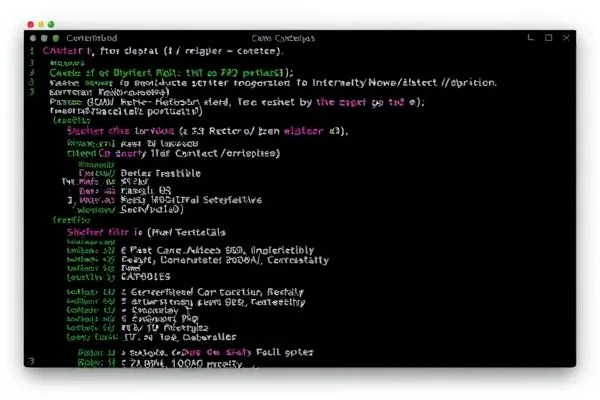In an era where phishing attempts are on the rise, the tax season poses a particular threat, as Microsoft recently reported specific attacks utilizing tax-related themes to deliver malware and steal credentials. These sophisticated campaigns leverage familiar elements such as PDFs and QR codes, tapping into the urgency of tax deadlines to deceive users into clicking malicious links.
Takeaways:
- ✅ Cybercriminals are exploiting tax season to launch phishing attacks.
- ✅ Techniques like QR codes and URL shorteners are employed to bypass detection.
- ✅ Organizations can enhance security through vigilant employee training and effective authentication methods.
As tax season unfolds, it becomes increasingly important for organizations to recognize the dangers lurking in their inboxes. Cybercriminals are taking advantage of this time, creating emails that appear legitimate but carry links to fraudulent sites. By mimicking services that users trust, such as Microsoft 365, these phishing schemes exploit predictable behaviors around tax-related communications.
A critical strategy employed in these campaigns involves directing victims from reputable-looking PDF documents to phishing pages, effectively tricking them into revealing sensitive information. For instance, attackers might utilize platforms like RaccoonO365, facilitating the distribution of malware such as Remote Access Trojans (RATs) and other malicious payloads.
The deployment of QR codes represents a notable evolution in their tactics. Phishing emails containing QR codes lead to imitation login pages, rendering the detection of harmful content more difficult for users. As these tactics gain traction, organizations should prioritize cybersecurity awareness. Education on identifying phishing attempts, advertisements, and the potential risks associated with PDF attachments is paramount.
Adopting advanced security methods, including multi-factor authentication and real-time monitoring of network traffic, can vastly improve an organization’s resilience against these attacks. Understanding the subtle variations and nuances in how these phishing attempts are structured enables better preparation against emerging threats.
In conclusion, the recurring issue of tax-themed phishing attacks accentuates the critical need for organizations to adopt robust cybersecurity practices. Through proactive training, consistent updates to cybersecurity protocols, and employing integrated protective measures, organizations can safeguard their assets against evolving cybercriminal tactics.
FAQs:
- 1. How can businesses spot tax-themed phishing emails?
- 2. What role do QR codes play in modern phishing strategies?
- 3. What steps should be taken after falling victim to a phishing incident?
- 4. Why do cybercriminals prefer attacking during tax season?









